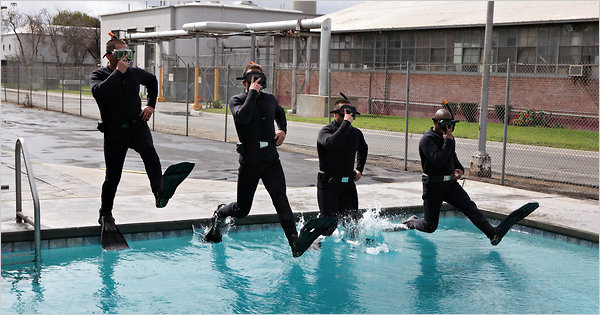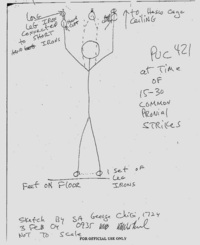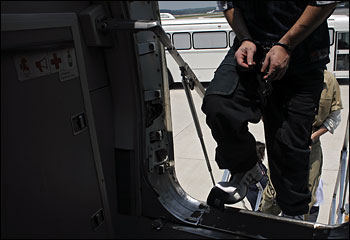
The U.S. general who led the Army’s investigation of the Abu Ghraib prison abuse scandal says the Bush administration “has committed war crimes” as a result of what happened to detainees in Iraq, Afghanistan and Guantanamo Bay “when the Commander-in-Chief and those under him authorized a systematic regime of torture.”
Those declarations, by retired Maj. Gen. Antonio Taguba, are contained in the preface he wrote for a new report by Physicians for Human Rights, “Broken Laws, Broken Lives: Medical Evidence of Torture by US Personnel and Its Impact.” The group said its findings – “based on internationally accepted standards for clinical assessment of torture claims” – are the first to use medical evidence to document first-hand accounts of torture. Eleven former detainees were examined.
Taguba testified before Congress in 2004 about the abuses at Abu Ghraib after the U.S. invasion of Iraq in March 2003. His damning report ultimately led to his being pushed out of the Army.
ABC News correspondent Jake Tapper noted Taguba’s statements and the report on his blog.
Some other excerpts:
| Our national honor is stained by the indignity and inhumane treatment these men received from their captors.The profiles of these eleven former detainees, none of whom were ever charged with a crime or told why they were detained, are tragic and brutal rebuttals to those who claim that torture is ever justified. Through the experiences of these men in Iraq, Afghanistan, and Guantanamo Bay, we can see the full scope of the damage this illegal and unsound policy has inflicted-both on America’s institutions and our nation’s founding values, which the military, intelligence services, and our justice system are duty-bound to defend. …
After years of disclosures by government investigations, media accounts, and reports from human rights organizations, there is no longer any doubt as to whether the current administration has committed war crimes. The only question that remains to be answered is whether those who ordered the use of torture will be held to account.
The former detainees in this report, each of whom is fighting a lonely and difficult battle to rebuild his life, require reparations for what they endured, comprehensive psycho-social and medical assistance, and even an official apology from our government. … |
Source: USA Today
Here’s the entire preface:
Preface to Broken Laws, Broken Lives
By Major General Antonio Taguba, USA (Ret.)

Maj. General Taguba led the US Army’s official investigation into the Abu Ghraib prisoner abuse scandal and testified before Congress on his findings in May, 2004.
This report tells the largely untold human story of what happened to detainees in our custody when the Commander-in-Chief and those under him authorized a systematic regime of torture. This story is not only written in words: It is scrawled for the rest of these individuals’ lives on their bodies and minds. Our national honor is stained by the indignity and inhumane treatment these men received from their captors.
The profiles of these eleven former detainees, none of whom were ever charged with a crime or told why they were detained, are tragic and brutal rebuttals to those who claim that torture is ever justified. Through the experiences of these men in Iraq, Afghanistan, and Guantanamo Bay, we can see the full scope of the damage this illegal and unsound policy has inflicted-both on America’s institutions and our nation’s founding values, which the military, intelligence services, and our justice system are duty-bound to defend.
In order for these individuals to suffer the wanton cruelty to which they were subjected, a government policy was promulgated to the field whereby the Geneva Conventions and the Uniform Code of Military Justice were disregarded. The UN Convention Against Torture was indiscriminately ignored. And the healing professions, including physicians and psychologists, became complicit in the willful infliction of harm against those the Hippocratic Oath demands they protect.
After years of disclosures by government investigations, media accounts, and reports from human rights organizations, there is no longer any doubt as to whether the current administration has committed war crimes. The only question that remains to be answered is whether those who ordered the use of torture will be held to account.
The former detainees in this report, each of whom is fighting a lonely and difficult battle to rebuild his life, require reparations for what they endured, comprehensive psycho-social and medical assistance, and even an official apology from our government.
But most of all, these men deserve justice as required under the tenets of international law and the United States Constitution.
And so do the American people.







